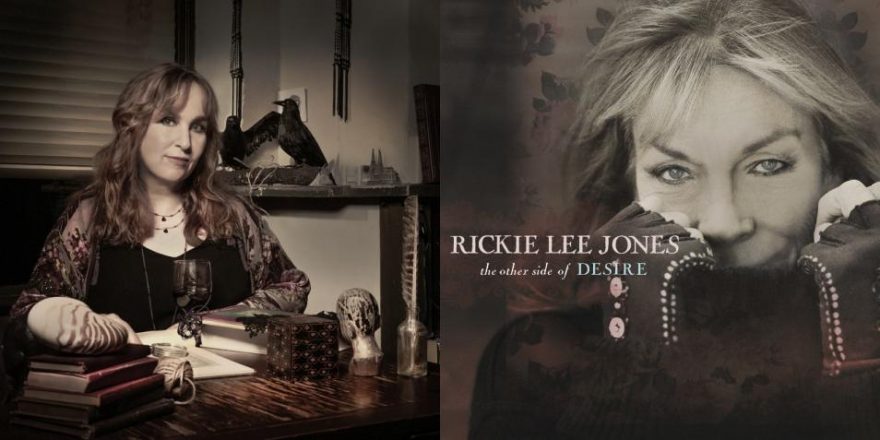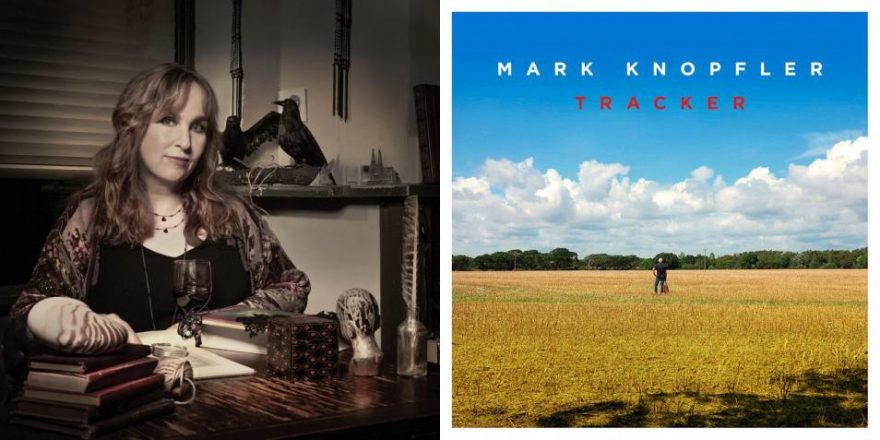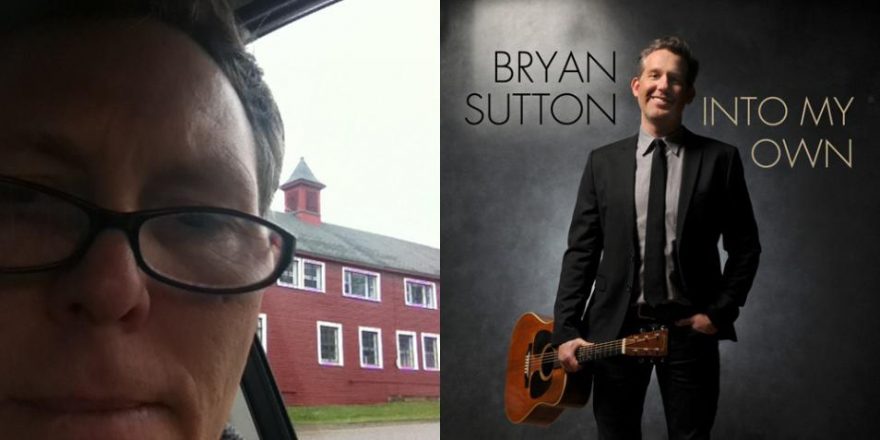There are musical artists who’ve had a deep and lasting effect on me, in whose work I can easily pinpoint the qualities that inspire my admiration — the precision of Leonard Cohen and Paul Simon, the humanity of Bruce Springsteen and Jackson Browne, the vulnerability of Emmylou Harris and Mickey Newbury. But it’s different with Rickie Lee Jones. She’s sometimes confounding, often breathtaking, completely original, and yet fluent in so many musical languages that it would defocus a lesser songwriter. She’s out there by herself in the singer-songwriter galaxy, seemingly sprung fully formed, with her own musical architecture, disinclined to follow any predictable path. That’s what enthralled my 21-year-old singer-songwriter self when I first saw her perform at the long-gone Rainbow Music Hall in Denver, Colorado in 1979, and it’s what keeps me fascinated with her today. As a child who grew up hearing Ella Fitzgerald, Django Reinhardt, Bob Dylan, the Rolling Stones, Carole King and Joni Mitchell, and loving them all passionately, I found it difficult to know how to integrate all that music within myself. Rickie Lee Jones was a revelation to me: a jazz singer, a singer-songwriter, a folkie, a rock & roll girl — an artist of many influences who owned them all.
People inevitably talk about the beret, the cool, the swing, the streetness of Rickie Lee — but those are expressions of style (she’s got plenty), not the thing itself. In the self-written bio that accompanies her new album, The Other Side of Desire, she writes, “So now, no beret, no boyfriends, no badass bravado. I am badass. But who cares. No one is taking my lifestyle to market. I am who I am, the age I am. If you like to buy that, okay, but you aren’t buying it from me.” Who she is, and the age she is, seem to have made her comfortable in her skin and with her gifts, and the songs on her album are delivered like a benediction, with tenderness and love and deep empathy for the wounded, the lost and the invisible. The songs, which came after a move to New Orleans and a long, fallow spell, have a sure-footedness that comes from waiting. That in itself strikes me as badass, considering the pressure on artists, especially those well into their careers, to produce or risk disappearing.
New Orleans is all over Desire; sometimes a duet partner, sometimes a muse, sometimes a beautiful ruin of a backdrop for her characters. The album was recorded there, produced by John Porter and Mark Howard, both of whom have strong ties to the city, and it features such legendary NOLA musicians as John Cleary and David Torkanowsky. There are Sousaphones and accordions, but not as Big Easy clichés; they appear naturally, like regulars at the corner bar in “J’ai Connais Pas,” which opens with a classic RLJ verse:
I know you come here to this bar
cuz no one here knows who you are
you watch the band sing tra-la-la
you wear your Eau J’ai Connais Pas
The recording itself sounds gorgeous, with some of the airy spaciousness of Pirates (1981), her second album and a high-water mark of her career (a distinction which The Other Side of Desire also deserves). “Infinity” is a particularly transcendent track, a dream-state meditation with multiple layered pianos, including toy ones, and a lyric that defies gravity and time:
This is where we’ve always been
it will always come again
it hasn’t even happened yet
we’re here and in
Infinity
Some of the songs on Desire feel old, as if they’ve always existed and were found abandoned in some New Orleans back room, dusted off and affectionately reprised. And some of them feel new, almost newborn — Ms. Jones often sounds as if she’s just discovering the words as they come out of her mouth. She can swing from virginal to guttural in the length of a phrase. All the syncopation and jazz of her voice is still there, but there’s a patina of age (a very good thing) that devastates when she sings lines such as these from “Jimmy Choos”:
I know about the Motel 6
I know about the truckstop stations
I know about giving up on yourself
you don’t have to tell me about giving up.
It’s risky and beside the point to speculate on what is autobiographical here; I never like the question myself, and truthfully it can’t really be answered. Songs come from a very personal place and a very universal place — and the best ones are a mysterious amalgam of both. But “Christmas in New Orleans” feels like hard-won truth:
who can say what breaks inside?
me I woke up in the wings
and I still can’t recognize
this sound my scars make
when I sing
Too many records get made, and too many songs written, because the artist or someone in her sphere felt an urgency to deliver a product, to fill a void. Not The Other Side of Desire — it has an inevitability about it; it’s the work of an artist who spent time listening to her life, waiting for the songs to manifest themselves, and delivering them with honesty and compassion. The sound her scars make is both transcendent and earthy, devastatingly sad and full of hope. Beautiful and scary. Not unlike life itself.








